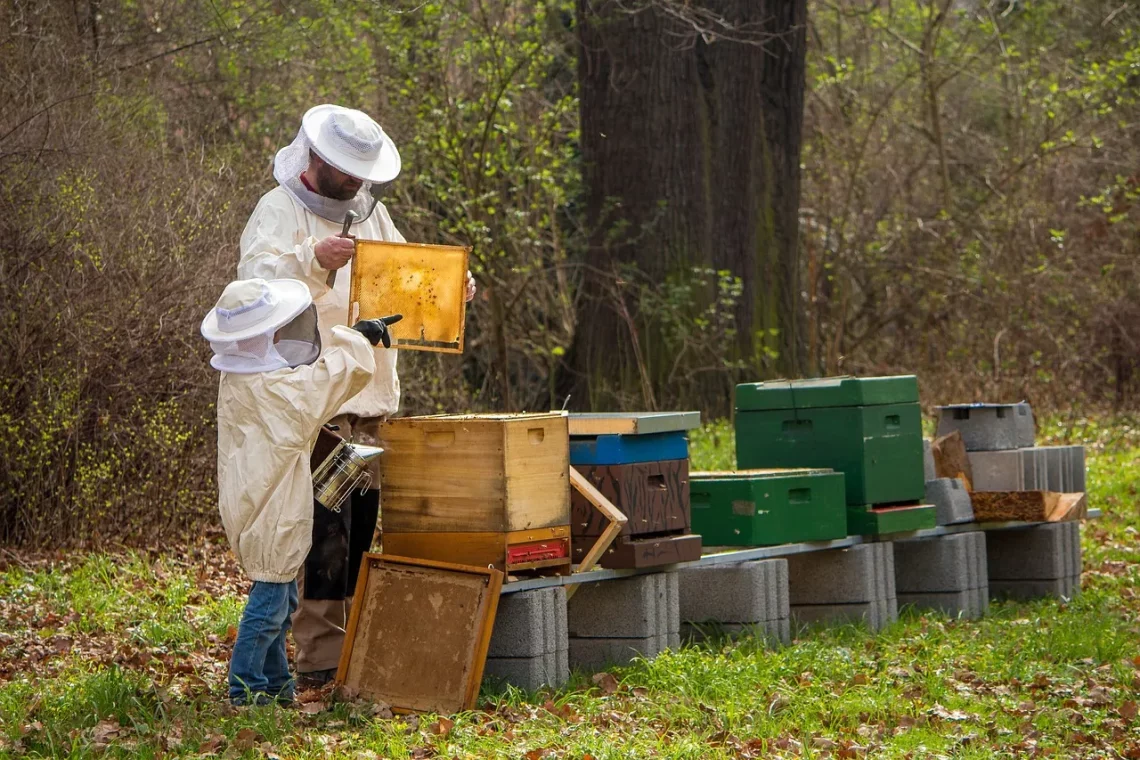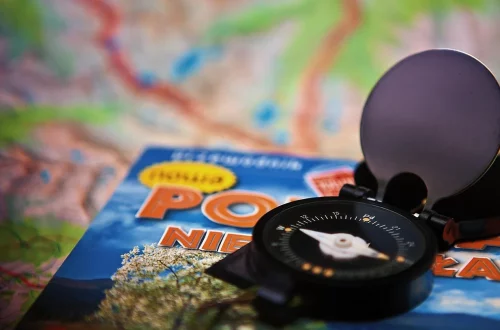
Essential Beekeeper Starter Kit for New Beekeeping Enthusiasts
Beekeeping is an age-old practice that has captivated the hearts and minds of many enthusiasts around the world. It’s not just about honey production; beekeeping is a profound connection to nature, a commitment to environmental sustainability, and a rewarding hobby that can yield sweet results. As more people become aware of the crucial role bees play in our ecosystem, the interest in beekeeping has surged. New beekeepers are eager to dive into this fascinating world, often filled with questions about where to start and what tools they will need.
Starting your journey as a beekeeper can seem daunting, but with the right preparation and equipment, it can also be incredibly fulfilling. Understanding the essentials and having a well-rounded starter kit can make the transition smoother and more enjoyable. Novice beekeepers not only need to familiarize themselves with the technical aspects of hive management and bee behavior, but they also require the appropriate tools and protective gear to ensure safe and successful beekeeping. The initial investment in the right equipment can significantly impact your experience and the health of your bee colonies. This guide will help you navigate the essential items that every new beekeeper should consider for their starter kit, ensuring that you are well-prepared for your beekeeping adventure.
Essential Protective Gear for Beekeeping
When embarking on your beekeeping journey, one of the first things to consider is protective gear. Safety should always be a priority when working with bees, as even the gentlest of bee species can sting when they feel threatened. The primary piece of protective gear is a well-fitted beekeeping suit. These suits are designed to keep you safe from stings while allowing you to work comfortably around your hives. Look for suits made from breathable materials that provide adequate protection without causing overheating during hot days.
In addition to a suit, a veil is essential to protect your face and neck from bee stings. Some veils are designed to attach to your beekeeping suit, providing a seamless barrier. Others are standalone pieces that can be worn with regular clothing. Whichever option you choose, make sure that it gives you a clear line of sight and is easy to put on and take off.
Gloves are also an important part of your protective gear. Beekeeping gloves come in various materials, including leather and cotton, and they often include long cuffs to prevent bees from crawling up your arms. While some beekeepers prefer working without gloves to feel the bees better, beginners are often encouraged to wear them until they become more comfortable with handling bees.
Lastly, consider investing in appropriate footwear. Sturdy, closed-toe shoes or boots can protect your feet from stings and provide stability while walking around your apiary. With the right protective gear, you can approach beekeeping with confidence and peace of mind, allowing you to focus on nurturing your bee colonies.
Basic Tools for Hive Management
Once you have your protective gear sorted, it’s time to look into the essential tools needed for effective hive management. A hive tool is one of the most important implements in your kit. This versatile tool is used for prying apart hive components, scraping off excess wax or propolis, and generally aiding in hive inspections. A good hive tool should be durable, easy to handle, and have a comfortable grip.
Another crucial tool is a smoker, which is used to calm bees during inspections. The smoke masks alarm pheromones released by bees, reducing the likelihood of aggressive behavior. When choosing a smoker, look for one that is easy to use and can maintain a steady smoke flow. Additionally, consider carrying fuel for your smoker, such as burlap, pine needles, or wood chips, as these materials can produce the best smoke for beekeeping.
A bee brush is another handy tool that helps gently move bees out of the way during inspections. It allows you to inspect frames without harming the bees, preserving the integrity of your colony. Choose a brush with soft bristles to ensure the bees are treated kindly.
Lastly, a frame grip can be invaluable, particularly for beginners. This tool helps you lift frames out of the hive without squishing bees or damaging the comb. With these basic tools, you’ll be well-equipped to manage your hives and maintain the health of your bee colonies effectively.
Choosing the Right Hive for Your Bees
Selecting the right hive is one of the most critical decisions a new beekeeper will make. There are several types of hives available, but the two most common are the Langstroth hive and the Top-Bar hive. The Langstroth hive is the most widely used and is characterized by its stackable rectangular boxes where bees build their comb in frames. This design allows for easy inspections, honey harvesting, and overall management of the hive.
On the other hand, the Top-Bar hive offers a more natural approach to beekeeping. It consists of a horizontal design that allows bees to build their comb freely, mimicking their natural building behavior. While Top-Bar hives can be easier for some beginners to manage, they may require more frequent monitoring and intervention.
When choosing a hive, consider your local climate, the availability of bee species suited for your area, and your personal preferences for hive management. Additionally, think about the space you have available for your hives. Be sure to place your hive in a location that receives ample sunlight, has good drainage, and is protected from strong winds.
Regardless of the type of hive you choose, ensure you are familiar with its components, such as frames, foundation, and supers. Understanding how your hive works will enable you to maintain it effectively and keep your bee colonies thriving.
Essential Supplies for Bee Health and Maintenance
Maintaining the health of your bee colonies is vital for successful beekeeping. To do this, you will need a variety of supplies to monitor and support your bees. One essential supply is sugar syrup, which can be used to feed your bees, especially during periods of low nectar flow. Mixing sugar with water in a 1:1 ratio creates a simple feed that can help sustain your bees and encourage hive growth.
Pollen substitutes can also be beneficial, especially in early spring when natural pollen sources may be scarce. These substitutes provide crucial nutrients that help your bees develop and maintain strong colonies.
Regular inspections of your hive will help you identify any potential issues, such as pests or diseases. For this reason, having a good bee identification guide on hand is invaluable. This guide can aid you in recognizing common bee diseases, pests like Varroa mites, and other issues that may threaten your hive’s health.
In addition, keep treatments for pests, such as mite treatments or medications for common bee diseases, readily available. It is essential to stay informed about the health of your bees and take proactive measures to address any issues that may arise. By investing in these essential supplies, you will be better equipped to ensure the well-being of your bee colonies, ultimately leading to a more successful beekeeping experience.
In conclusion, starting your beekeeping journey requires careful consideration of protective gear, essential tools, hives, and supplies. With the right equipment and knowledge, you can cultivate a thriving beekeeping practice that not only benefits you but also contributes to the health of our planet’s ecosystem. Remember, as you embark on this rewarding journey, patience and ongoing learning are key to becoming a successful beekeeper.




